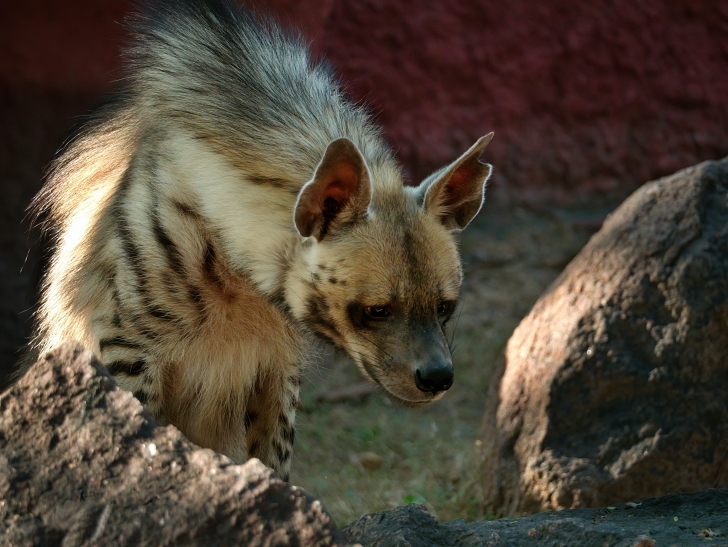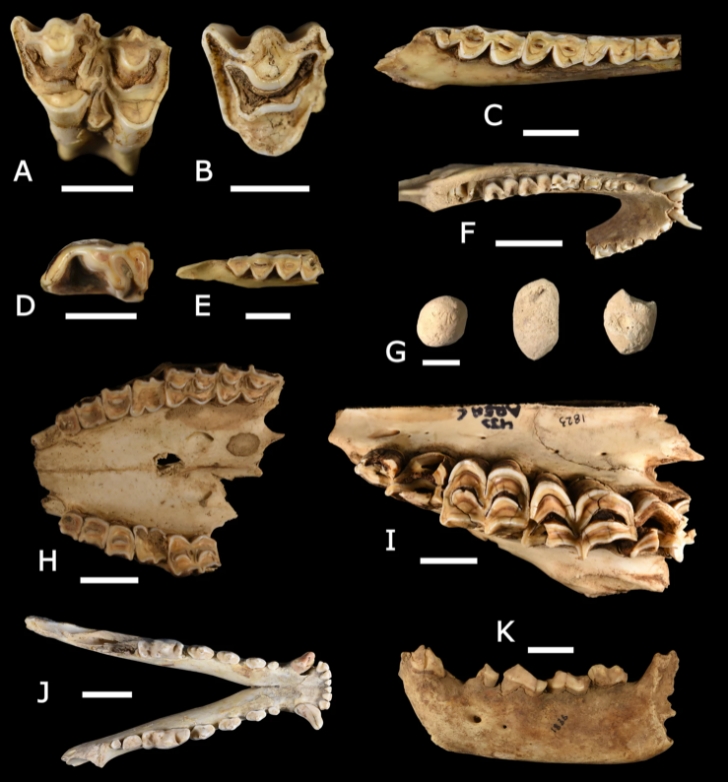Millenias-old Human Bones Among Massive Hyena Stockpile Found in Cave
The bones go back thousands of years.
Hyenas have a long-standing reputation for being very efficient scavengers and hunters. This has enshrined the animal into the folklore of many cultures, where it can alternately symbolize evil, be the witches’ helper, or even be a were-hyena that’s part man and part hyena. These skillful carnivores are known for their excellent hearing and sense of smell, if somewhat lacking in magical powers out in the wild. Now a cave filled with ancient remains has been found- a bone hoard of generations of hyenas that includes human bones among the massive bone pile.

The Umm Jirsan cave in Saudi Arabia is a huge lava tube that was formed when hot lava from a volcanic eruption slowed and dispersed suddenly, leaving behind a thick crust of rock that hardened into the borders of the cave. This lava tube cave runs for more than 1,400 miles and has an average ceiling height of between 8 and 12 meters (26-39 feet). Researchers have now found that inside the cave lie piles and piles of animal bones and some from humans as well.
Fossilized hyena dung and skeletal hyena remains show that this was a place where hyenas came to feast on bones after finding what they could in the wild. The dung, or coprolite, of modern hyenas is distinctive since it has a white color from all the bones they ingest, though the evolutionary past of hyenas included species which did not crush bones. Evidence points to the species of hyena that inhabited the cave as being Hyaena hyaena, the striped hyena.

The bones inside the cave vary in terms of species, but some of the most interesting ones are 3 human crania dating to 150, 3410, and 4,040 years ago. These finds show that hyenas were not picky eaters, however in most areas hyenas will only attack humans if there is no other food source. The area gets less than 4 inches of rain per year, so prey animals can vary in density over the year. However, researchers believe that the human remains were most likely scavenged from graves.
The oldest bones in the hoard date to around 7,000 years ago, making this a den with a long history. On a separate visit to the lava tube in 2007 by other researchers they heard growling noises, meaning that this cave was in use in recent history.

One of the most interesting finds from the giant pile of bones are those of livestock. The area is known for harboring few skeletal remains over time due to the hot climate. This can cause bones to actually disintegrate when touched like the bones in The Mummy. Because of this the fossil record of how the area was used by humans in ancient times is somewhat mysterious. The bones of domesticated donkeys and other beasts of burden are also believed to have been scavenged since they would have been too big to easily become prey for the hyenas.
What is known about the domestication of the wild African donkeys lines up with the ages of the bones found inside the lava tube. Other species found amongst the bones are gazelle, horses, camels, ibex, and some smaller animals as well.

Researchers from the Max Planck Institute for the Science of Human History and other institutions used radiocarbon dating to discover the approximate ages of the bones and the results were published in the July 2021 issue of Archaeological and Anthropological Sciences.
SKM: below-content placeholderWhizzco for DOT

